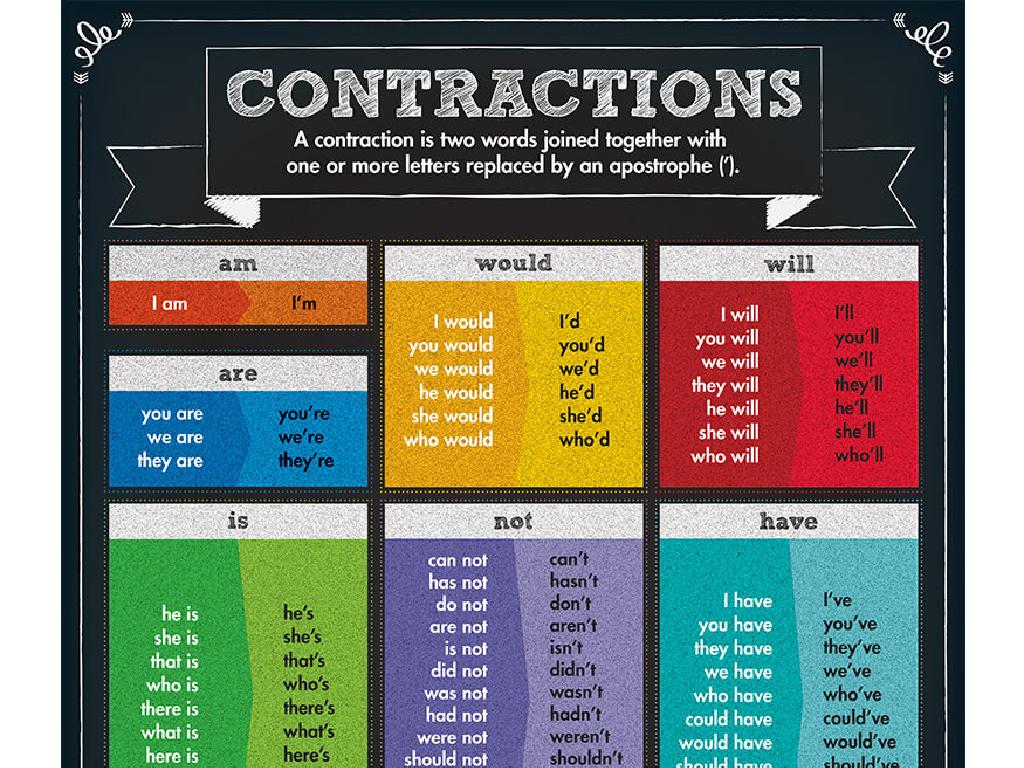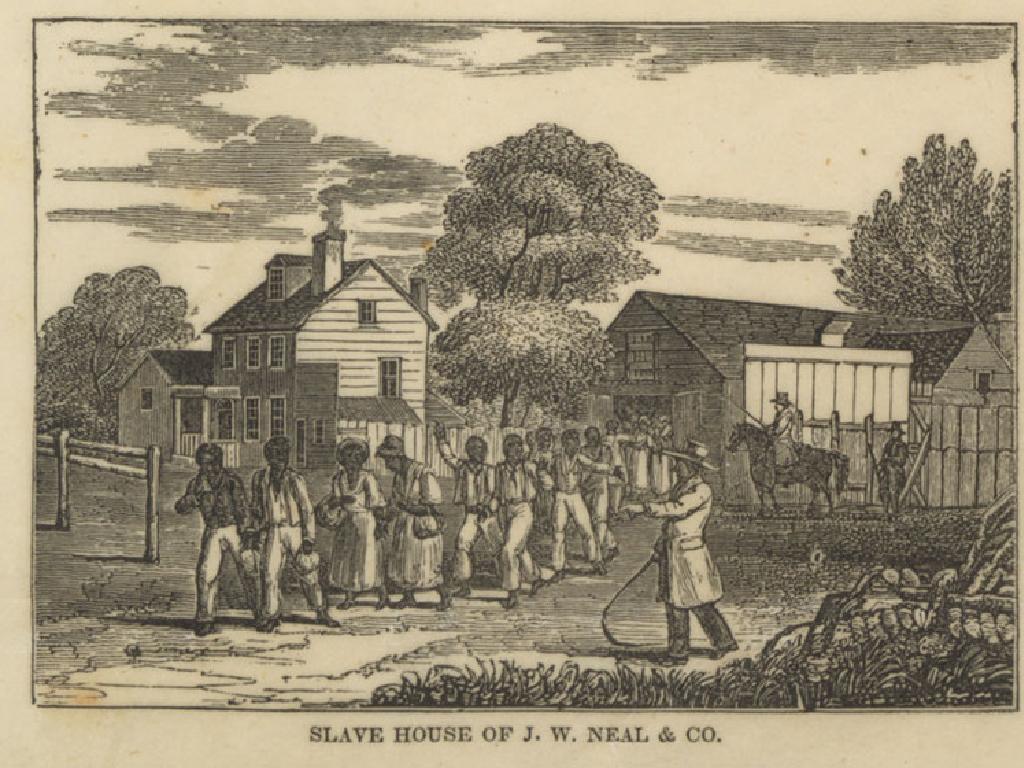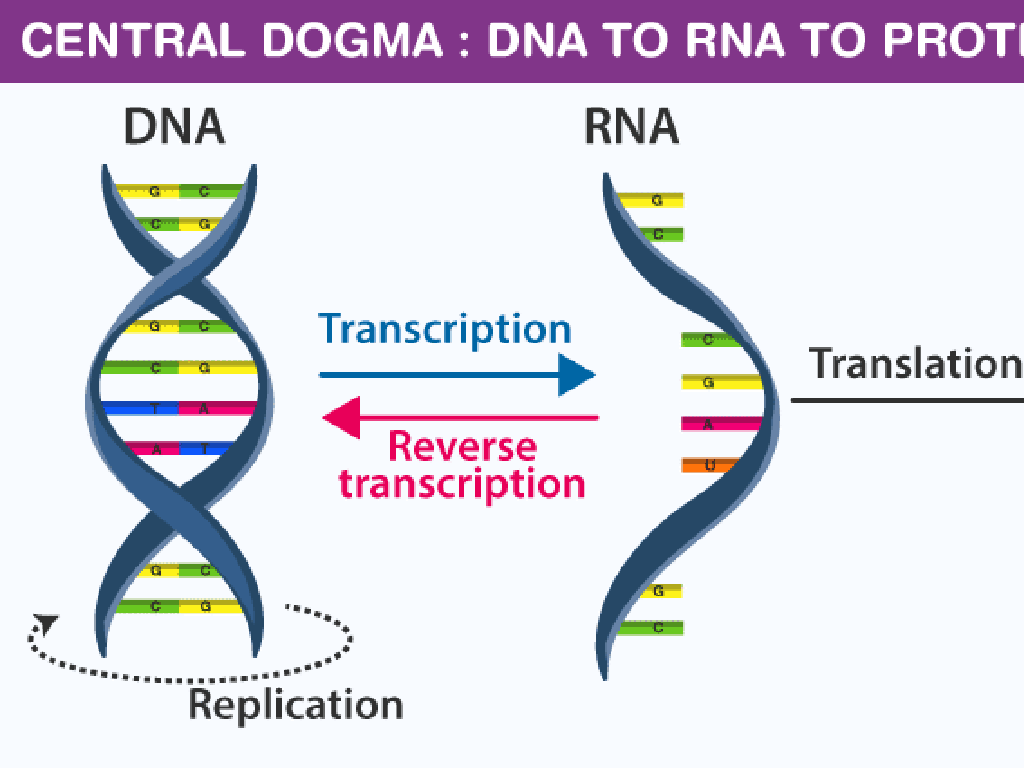New England Colonies: Religion And Government
Subject: Social studies
Grade: Fifth grade
Topic: English Colonies In North America
Please LOG IN to download the presentation. Access is available to registered users only.
View More Content
Welcome to New England: Foundations of Religion and Government
– Meet the New England Colonies
– A group of colonies in the 17th century, including Massachusetts
– English Colonies in North America
– Part of the larger English colonization along the East Coast
– Focus on Religion and Government
– How beliefs shaped society and laws in the colonies
– Exploring Today’s Lesson
|
This slide introduces the New England Colonies, setting the stage for a deeper dive into the religious and governmental structures that defined them. Emphasize that these colonies were part of a broader effort by England to establish a presence in North America. Highlight that religion played a central role in the daily lives of the colonists and was deeply intertwined with the laws and governance of the colonies. Encourage students to think about how their own communities are organized and governed, and how beliefs and values can influence rules and laws. This will prepare them for a more detailed examination of the specific religious practices and governmental systems that were unique to the New England Colonies.
Settling in New England: Pilgrims & Puritans
– Who were the Pilgrims and Puritans?
– Pilgrims and Puritans were English settlers seeking religious freedom.
– Reasons for settling in New England
– They wanted to worship freely, find new homes, and have a better life.
– The Mayflower Compact significance
– The Mayflower Compact was a key document for self-rule in the colonies.
– Steps towards self-government
– It was an early form of democracy, where settlers agreed on laws together.
|
This slide introduces students to the early settlers of New England, the Pilgrims and Puritans, emphasizing their quest for religious freedom and better living conditions. Highlight the Mayflower Compact as a pioneering step towards self-government, laying the groundwork for future democratic principles in America. Explain that this document was significant because it was created by the colonists themselves, establishing a tradition of self-rule and community responsibility. Encourage students to think about how these early events shaped the government and society we have today.
Religious Beliefs in New England Colonies
– Understanding Puritanism
– Puritans followed strict religious practices and wanted to ‘purify’ the Church of England.
– Religion’s role in daily life
– Religion guided laws, education, and social order in the colonies.
– ‘City upon a Hill’ explained
– John Winthrop’s vision of a model Puritan society that others would look up to.
– Puritan beliefs and society
– Puritans valued hard work, education, and community based on their religious beliefs.
|
This slide introduces students to the Puritan religion and its profound influence on the New England colonies. Puritanism was not just a set of beliefs, but a way of life that shaped the colonies’ laws, education system, and social hierarchy. The ‘City upon a Hill’ concept, introduced by John Winthrop, was a metaphor for a society that lived so righteously that it would be an example to all. Emphasize how Puritan values such as hard work and community were integral to the development of New England. Encourage students to consider how religion can influence the governance and culture of a society.
Government in the New England Colonies
– Town Meetings: Democracy’s roots
– Early form of self-governance where citizens gathered to vote directly on issues.
– Citizen roles and responsibilities
– Citizens were expected to take part in meetings and respect colony decisions.
– Laws maintaining colony order
– Set rules helped keep peace and manage resources fairly among colonists.
– Participation in governance
– Active involvement was key to the success and fairness of town meetings.
|
This slide introduces students to the concept of government in the New England colonies, emphasizing the role of town meetings as a foundation of American democracy. It’s important to convey that every citizen had a role and responsibility in the governance of their community. Laws were created to maintain order and fairness within the colonies. Encourage students to think about how these early forms of governance might compare to our current systems and the importance of participation in democratic processes. Provide historical examples of town meeting decisions and discuss how these meetings allowed citizens to have a direct voice in their local government.
Daily Life in New England Colonies
– A colonist’s daily routine
– Wake up early, farm work, family and community chores
– Community and church roles
– Church was central to social life and decision-making
– Education’s value in colonies
– Schools were for boys to learn reading, writing, math
– Literacy among colonists
– Reading the Bible was crucial, led to high literacy rates
|
This slide aims to give students a glimpse into the everyday life of a person living in the New England colonies. Emphasize the structured nature of a colonist’s day, which revolved around farming, family responsibilities, and community involvement. Highlight the pivotal role of the church in both social and political aspects of colonial life, as it was often the central meeting place for discussion and decision-making. Discuss the early establishment of schools, primarily for boys, and the focus on education to ensure that colonists could read the Bible, which contributed to higher literacy rates compared to other places. Encourage students to compare and contrast the life of a New England colonist with their own daily life, noting similarities and differences.
Then and Now: New England Colonies
– Evolution of religious freedom
– From Pilgrims seeking freedom to the First Amendment
– Government changes over time
– Colonial charters to modern democracy
– Similarities with today’s society
– Town meetings then and local councils now
– New England’s lasting legacy
– Ideas like self-governance still valued today
|
This slide aims to compare the religious freedom and government structures of the New England colonies with those of today’s society. It will highlight how the pursuit of religious freedom by the Pilgrims and Puritans has evolved into the religious liberties guaranteed by the First Amendment. Students will explore how early government charters laid the groundwork for our current democratic system. They will also identify similarities, such as the continuation of local governance through town meetings and councils. Lastly, the slide will discuss the enduring legacy of the New England colonies, emphasizing the lasting impact of their ideas on self-governance and community involvement in the United States.
Class Activity: Create Your Colony!
– Imagine founding a new colony
– Choose a religion for your colony
– Will it be Puritan, Quaker, or something else?
– Decide on a government structure
– Will you have a governor? How will you make laws?
– Plan to present your colony
|
This activity encourages students to apply their knowledge of the New England colonies by designing their own. They should think creatively about what kind of religion their colony would have, considering the impact of religion on the New England colonies’ culture and daily life. For the government structure, students should decide how leaders are chosen and how laws are made, reflecting on the town meetings and self-governance of the New England colonies. Each student will prepare a short presentation of their colony, explaining their choices for religion and government. Possible activities: 1) Draw the flag for their colony, 2) Write a ‘Declaration of Establishment’, 3) Create a mini ‘constitution’, 4) Design a layout of their colony, 5) Role-play a town meeting.






